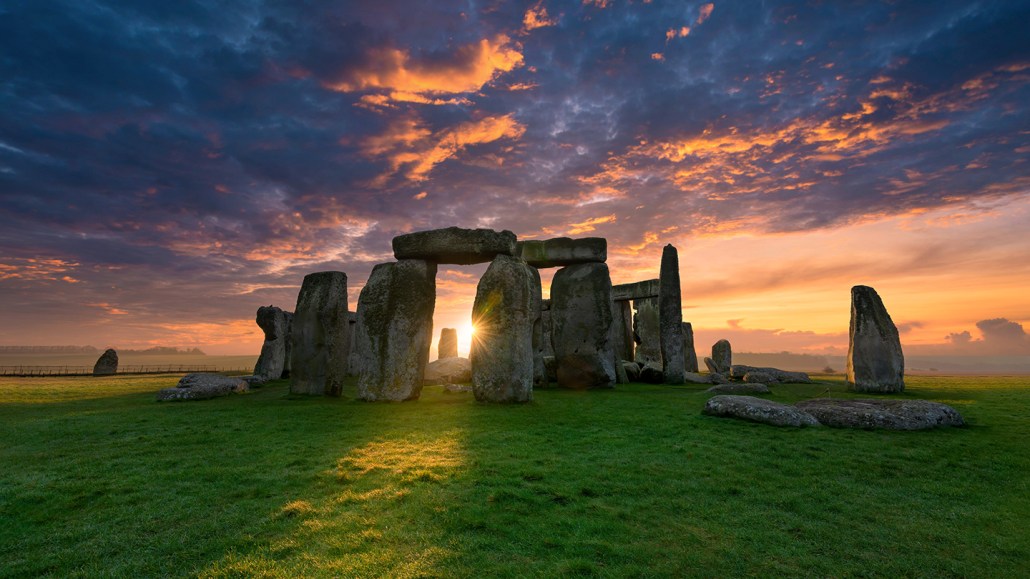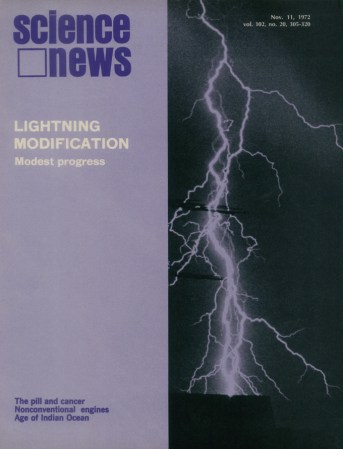50 years ago, Stonehenge’s purpose mystified scientists. It still does
Excerpt from the November 11, 1972 issue of Science News

Astronomical observatory? Holy site? Center for healing? Researchers have proposed many uses for Stonehenge, which was built about 5,000 years ago in southern England. But its purpose remains murky.
Captain Skyhigh/Moment/Getty
